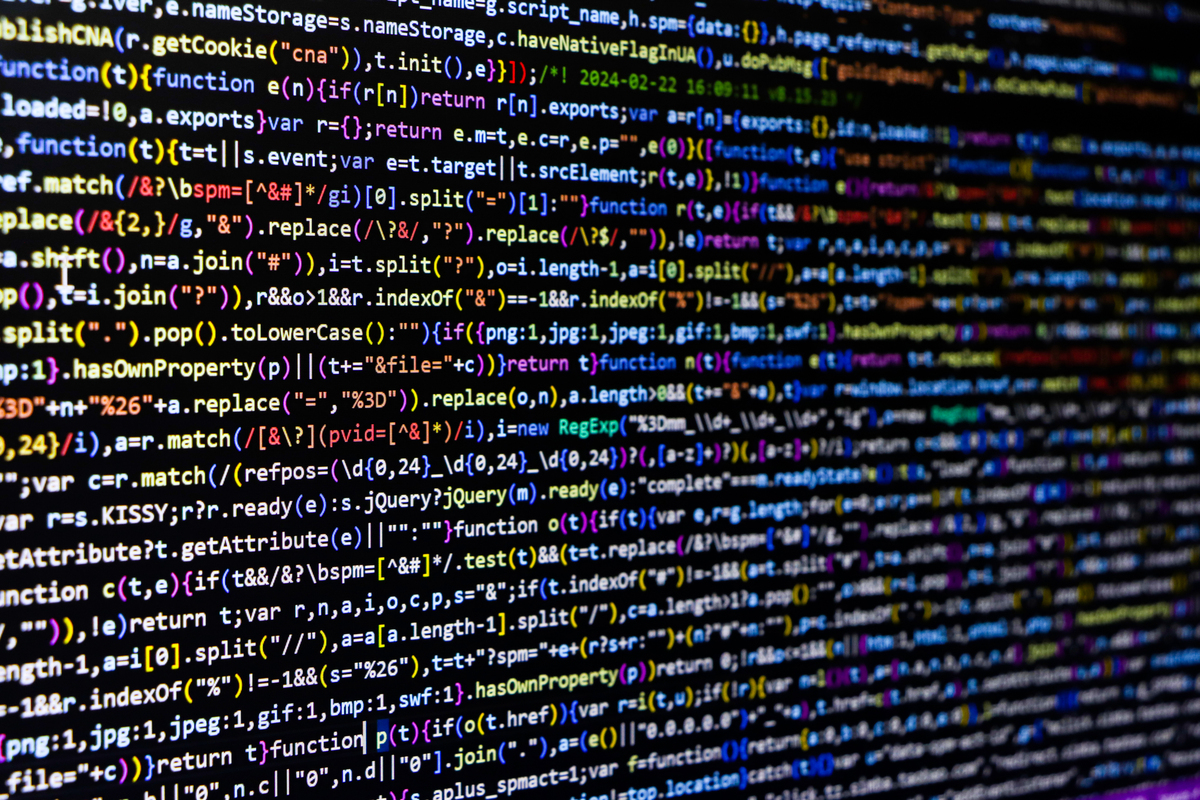Python Daemon Threads: Background Execution and Termination
In Python, a thread is a separate flow of execution running concurrently with the main program. Python threads are used to perform multiple tasks simultaneously, improving program performance.
A thread can be classified as a daemon thread or a non-daemon thread based on its behavior. A daemon thread runs in the background and doesn't prevent the program from exiting. This means the program can exit even if daemon threads are running.
In Python, we can create a daemon thread by setting the 'daemon' property of a thread to 'True'. For example, the following code creates a daemon thread:
import threading
def task():
print('Demon thread')
t = threading.Thread(target=task)
t.daemon = True
t.start()
In this code, we create a new thread and set its 'daemon' property to 'True'. The 'task' function is then executed in the background by the daemon thread.
It's crucial to remember that daemon threads should only be used for tasks that can be safely interrupted or terminated. If a daemon thread is performing a critical task, such as writing data to a file, it may cause data corruption if the program is terminated abruptly.

原文地址: https://www.cveoy.top/t/topic/lPuO 著作权归作者所有。请勿转载和采集!